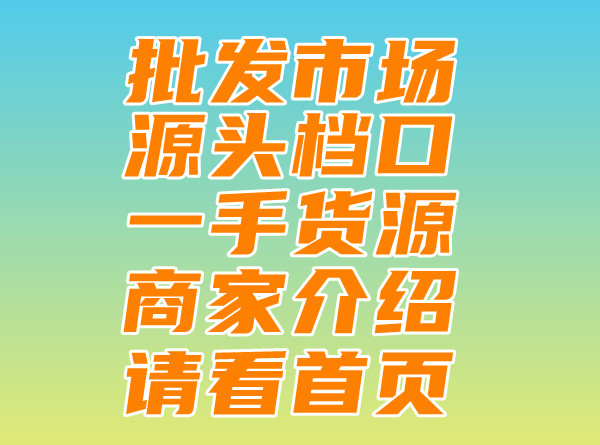Faking It: Selling Fake Designer Bags.
Faking It: Selling Fake Designer Bags.,
**Fakes or Authentic: The Dilemma of Selling A-Grade Luxury Bags**
The Rise of A-Grade Luxury Bag Market
In today's world, the demand for luxury bags has escalated beyond mere status symbols. A growing number of individuals seek the style and quality that high-end brands offer. Consequently, the high retail prices of genuine luxury bags often act as a barrier for many consumers who aspire to own them. This circumstance has paved the way for an industry thriving on the production and sale of A-grade luxury replicas—the ever-growing counterfeit market known as “A-货名牌包”。
In the realm of fast fashion and influencer culture, where high fashion is constantly accessible and affordable, A-grade replicas are crafted with such precision that they often resemble the genuine pieces almost indiscernibly. These bags are not cheap knockoffs; they are meticulously crafted to imitate the original designs and quality.
The Complexities of Selling A-Grade Bags
However, this lucrative trade in A-grade bags is not without complications. On one hand, sellers offer an affordable alternative to those who desire luxury goods but cannot afford the original price tags. On the other hand, selling such fakes impacts the reputation of genuine brands and also the interests of genuine resellers.
For brand owners, it’s a loss of revenue and damage to their reputation when their expensive products are being replicated without their authorization. These counterfeited products are often inferior in quality in the long run and could harm the brand image as customers associate poor quality with original brands.
For honest sellers, it creates an environment where trust is compromised. With such close resemblance in appearance, it becomes challenging to distinguish between genuine and fake bags, affecting the credibility of legitimate businesses. Furthermore, selling fakes also carries legal risks that can tarnish a business reputation if caught.
Moreover, the rise of social media and online platforms has made it easier for consumers to identify fakes, which further adds to the complexities of selling A-grade bags. The availability of extensive reviews, user feedback, and sophisticated verification methods empower buyers to distinguish real from replicas.
Conclusion
In conclusion, the trade in A-grade luxury bags remains a delicate balance between affordability and authenticity. While offering an affordable alternative to those who aspire to own luxury goods is understandable, it cannot be done without considering the consequences on both brand reputation and consumer trust. In light of these complexities, it becomes crucial for all parties involved—brands, sellers, and consumers—to work together to create a more transparent and responsible marketplace.

- "Cylindrical Bag Retro: A Review of the Latest Replica Trends"
- "Vintage Bag Replication: A Trend in Retro Fashion"
- Prada Replica Bags: A Look into the Luxe Revival.
- Retro Chip Reproduction: The New Trend in Tech Replication 这个标题围绕着复刻包芯片这一主题展开,且符合英文命名规范,关键词也包含在标题中。
- Ultimate Guide to Replicating Keratin-Filled Hornbill Bread 这个标题简洁明了,准确地传达了关于复刻牛角包的主题,同时使用了关键词“复刻牛角包”,并且没有超过规定的字符数限制。
- "Reproduction Bag Versions: A Detailed Analysis"
- Fendi Replica Bags: The Ultimate Guide to Styling and Shopping
- "Retro Replicas: Revisit Classic Bags"


